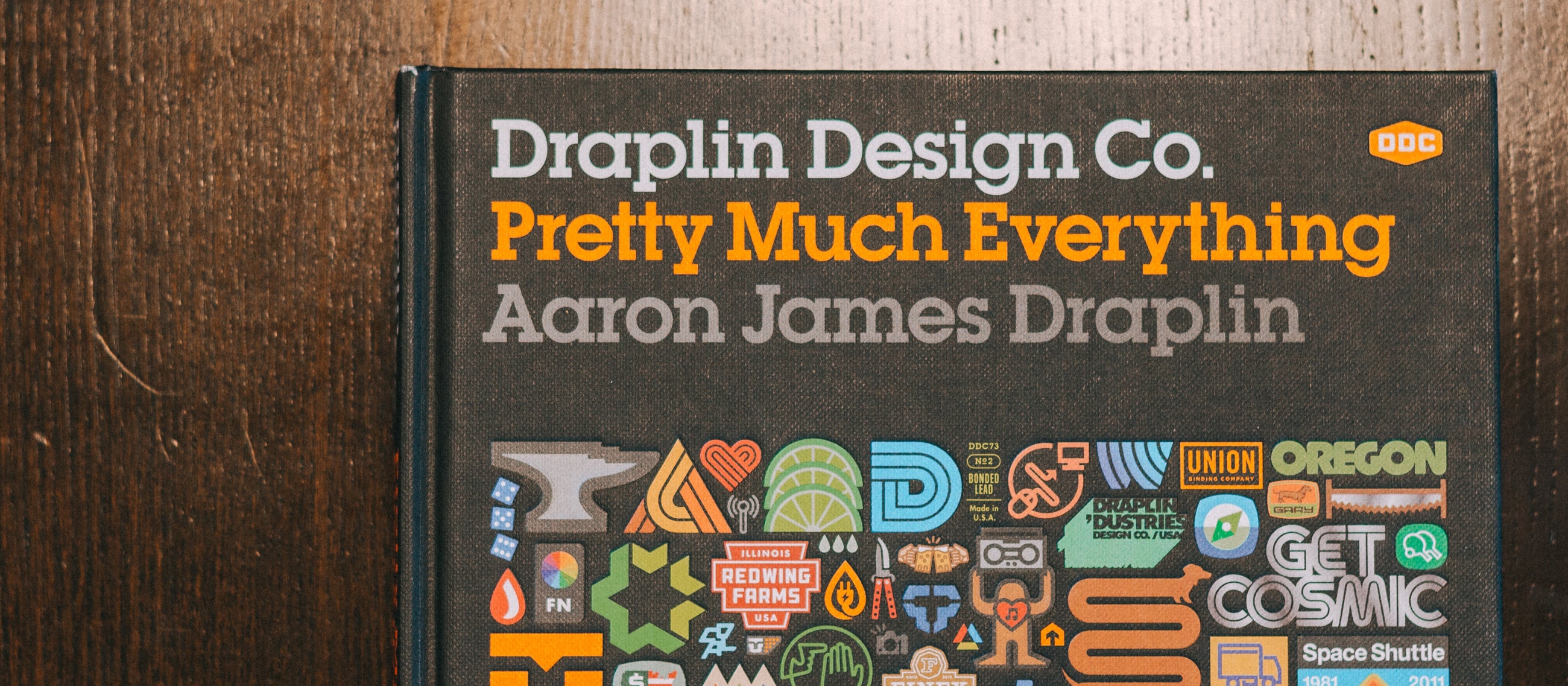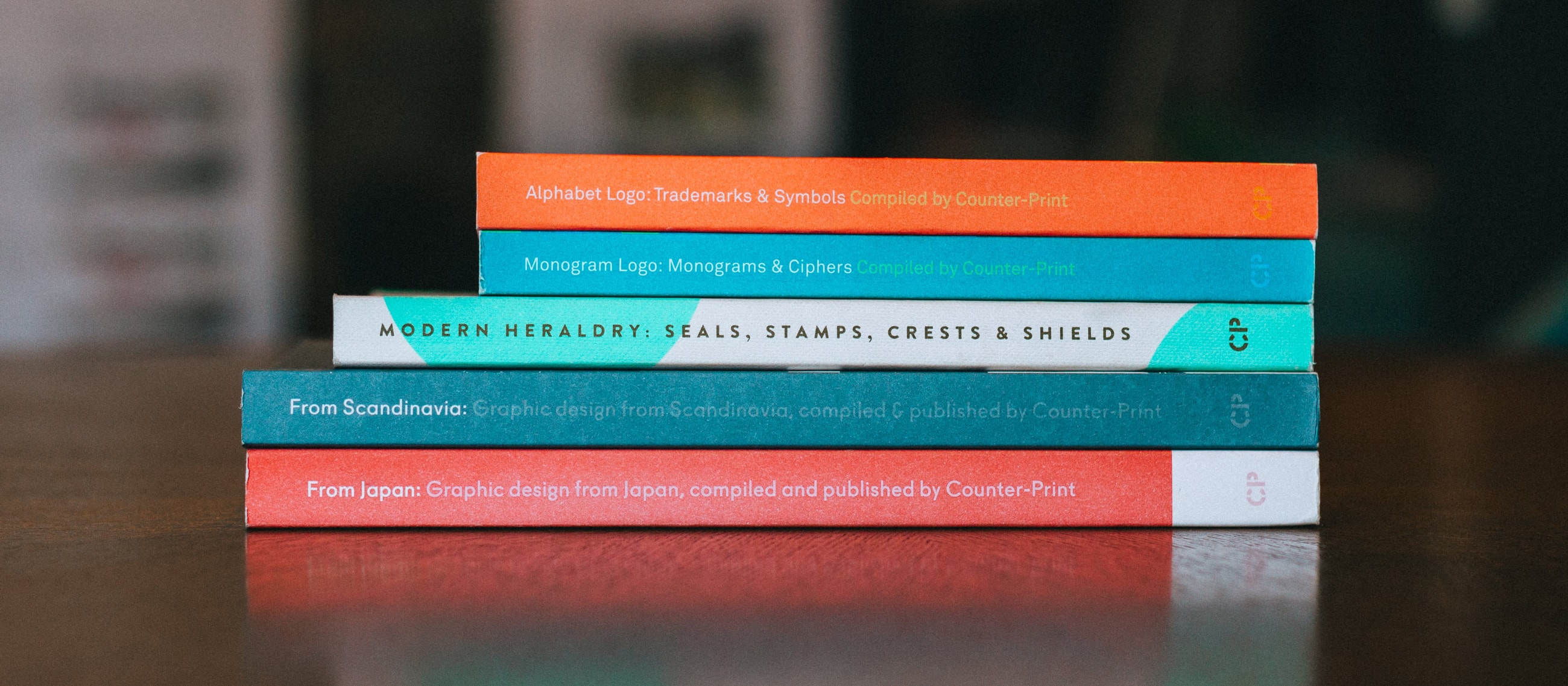October 25th, 2018
When it comes to research it’s all too easy to just open up a new web browser, type in your question and hit enter. Only to be greeted by 6,000,000,000 search results.
And then what? Where do you start with that many results? And which of those results are even going to be relevant, let alone any good?
Since the early 90s we’ve had access to an ever-growing and seemingly endless web of information, at our disposal wherever and whenever we need it. This convenience has quickly made the internet our go-to resource for research, but that doesn’t necessarily mean it’s the best tool in the box when you’re looking for a source of creative inspiration.
Whether it’s a new brief or planning my next travel destination, 90% of the time I will reach for a book before I head to the browser. There’s just something about print that pulls me in every time. But why? you might ask – when the internet is so convenient why would you insist on turning to a thing of the past? Well, it’s a good question, so here are five reasons why I still favour print in the digital world and some of my go-to books…

1. Everything is in one place
By its very nature, a book (more often than not) is a self-contained object. What you see is what you get. This means that unlike the internet, you won’t find yourself skipping backwards and forwards between the hundred tabs you’ve opened or lost in the abundance of images you’ve hastily dragged somewhere onto your already cluttered desktop. Print is concise, neat and organised.

2. There’s a focus
You can look at this in two separate ways. The first is that in contrast to the internet, which contains something about everything, printed materials like books tend to focus, in detail, on one or two key topics. This means that once you’ve found the right book, you’ve got your information in one place.
The second relates to our attention span (or perhaps lack of). With all of the good intentions in the world, you can sit down, open up a new web browser and type in your search term, only to be instantly sidetracked by the latest viral video or a new notification on Twitter. Print doesn’t have this problem. What’s inside the covers doesn’t change and once you’ve turned your attention to the tactile nature of the page, it’s not going to try and distract you away from its contents (ux designers take note, cross selling can also be a distraction as well as a sales benefit).

3. Print content has credibility
It’s 2018, so practically everybody has at least some kind of access to the internet. Whilst, in general, this is a good thing, it has allowed the masses to upload and share almost anything they desire. The problem with this when looking for inspiration is that content is no longer checked for quality before being seen by the world, which means that an ill-informed “project” that took 5 minutes to cobble together may well be given the same importance as a project that has months of hard work and research behind it. By comparison, print has a limit to how much content can be included within it (before it turns into another ‘Yellow Pages’). This means that content has to be both relevant to the chosen topic and of a high enough standard in order to be selected and then curated for the book. In layman’s terms whatever your topic, it’s content you know you can trust.

4. There’s a cost
In general most social sharing platforms available online are relatively cheap to use and upload to, if not completely free. I know that free always sounds like a huge positive, but when it comes to content this lack of value means it can become almost a throw-away item, created without proper thought or attention. The same can’t be said for print. Here, there’s both a cost to the creator and the person who purchases the resulting item, and it’s these costs that mean print has to be “worth the money”. The only way to achieve that is with care, honesty and attention to detail.

5. It’s a real thing
The final reason is pretty obvious but put simply, printed items are real, tangible objects. Ask anyone how information on the internet is stored or shared and I guarantee you won’t hear the same answer twice. On the other hand, with print, it’s right there in front of your eyes, a beautiful, tactile and desirable object. What’s more, there’s no buffering or downtime. Once it’s in your hands you’re able to look at it whenever you want, even in if the power goes out! Plus, if you’re a real print lover like me, the smell of a freshly printed book is definitely comparable to that of a hot coffee or freshly baked bread! Try and beat that one internet!

Ultimately, both printed and digital resources serve their own purpose. The digital world is fast, mobile and disposable. It has the ability to be updated whenever necessary which means that any information no longer relevant or that contains errors can be deleted as if it was never there. As a consumer, this gives you access to the most up-to-date information but comes at the expense of knowing how you got to it and whether it’s of the highest quality. By comparison, once a piece of print is done, it is done and can no longer be changed. This finality gives it the purpose of being more of a historical record as well as being a point of reference. Its inaccuracies (if any) or time relevant updates are documented and catalogued in updated editions rather than just being erased never to be seen again. Each of these editions takes a vast amount of time, effort and expense to republish, so as a consumer you know that the information within the document is highly accurate and reliable and you can see exactly where information has come from and by comparison what has changed.
In conclusion, I guess this has been a pretty biased look at why I turn to print before I hit the internet. Don’t get me wrong, the internet is an incredibly powerful tool, and in fairness, it does have the upper hand when it comes to being the most accessible and innovative source of information, but just keep in mind it’s just one tool you should have in your toolbox for inspiration, research and learning. For me, it just doesn’t compare to a physical piece of print.






